Home>Ideas and Tips>How To Start A Flower Cutting Garden In Your Backyard
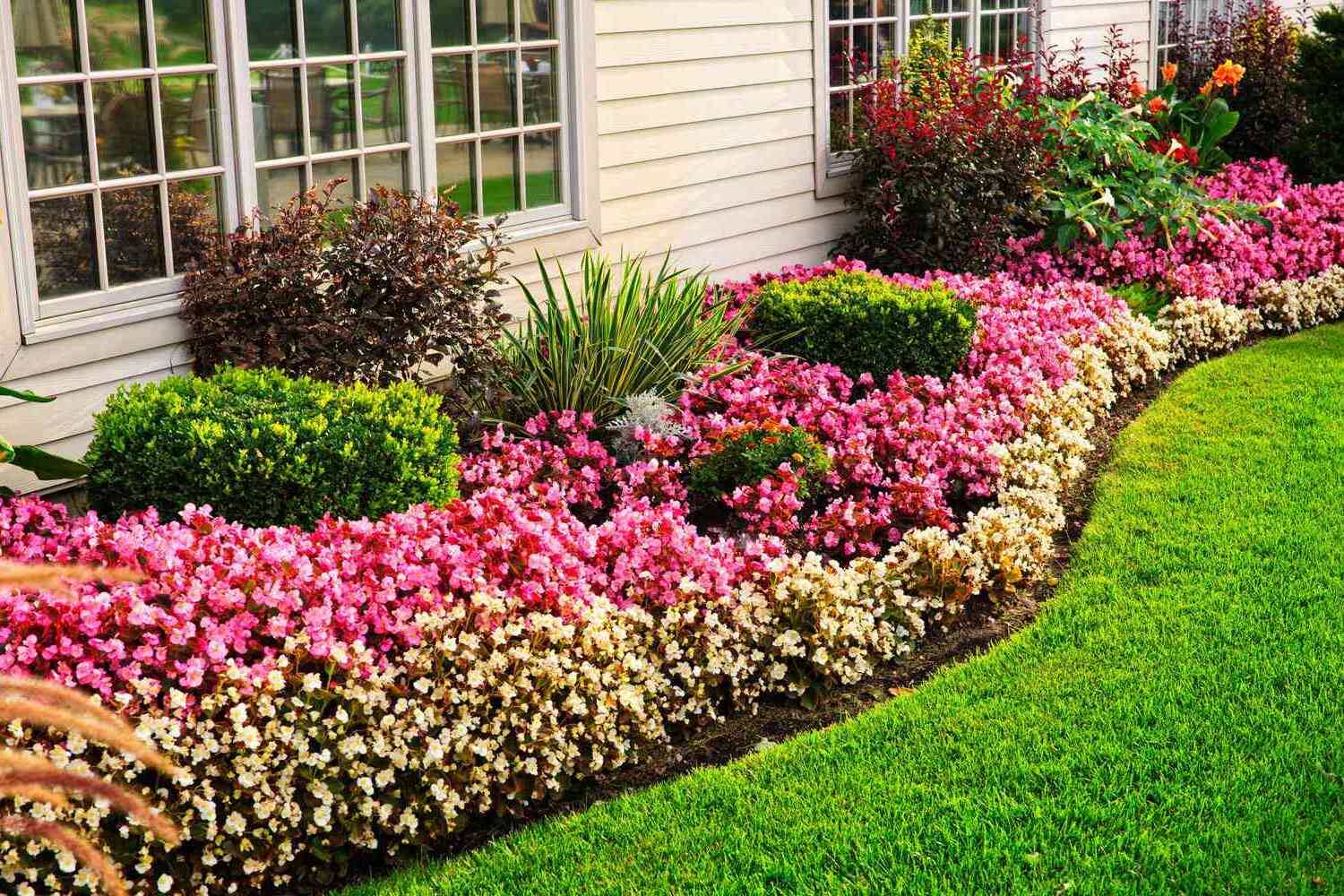

Ideas and Tips
How To Start A Flower Cutting Garden In Your Backyard
Published: November 3, 2024
Learn how to start a flower cutting garden in your backyard with our step-by-step guide. Enjoy fresh blooms and the joy of gardening.
(Many of the links in this article redirect to a specific reviewed product. Your purchase of these products through affiliate links helps to generate commission for Storables.com, at no extra cost. Learn more)
Starting a flower cutting garden in your backyard can be a rewarding and beautiful addition to your outdoor space. Not only will you have a constant supply of fresh flowers for arrangements and bouquets, but you'll also enjoy the therapeutic benefits of gardening. In this article, we'll guide you through every step of planning and starting your very own cut flower garden, from choosing the right location to harvesting your blooms.
Choosing the Ideal Location
The first step in starting a cut flower garden is to choose the right location. This involves evaluating the sunlight, soil, and space available in your yard.
Read more: A Guide To Starting Your Own Flower Garden
Evaluate Garden Beds for Sunlight Availability
Most cut flowers require at least 6 hours of direct sunlight per day to thrive. When planning your garden bed, it's crucial to evaluate the amount of sunlight each area receives. Consider the time of day and any shadows cast by nearby structures or trees. If your yard receives full sun, you can plant a variety of flowers that love direct sunlight. However, if your garden bed receives partial shade, you'll need to choose flowers that are tolerant of less sunlight.
Consider Soil Quality
The quality of your soil is another critical factor in growing a successful cut flower garden. Cut flowers need well-draining soil that is rich in organic matter. If your soil lacks these qualities, consider using raised beds or adding compost to improve its structure and fertility. Raised beds provide complete control over the soil type and health, which is essential for optimal plant growth and productivity.
Assess Space Constraints
The size of your garden bed will depend on the amount of space you have available and your personal preference. Even if you have limited outdoor space, you can still start a micro-cutting garden using raised beds. For beginners, simplicity and manageable size are key. Consider starting with a rectangular or square-shaped garden bed, which is easier to manage than more complex designs.
Deciding Where to Plant Your Seed Starts
Once you've chosen the ideal location for your cut flower garden, it's time to decide where to plant your seed starts.
Read more: How To Design A Cut Flower Garden
Color Palettes
Creating flower beds by color can enhance the visual appeal of your garden. Soft color palettes are usually separated from brighter blooms to create a harmonious and visually appealing arrangement. This approach also helps in maintaining the garden's overall aesthetic.
Group Plants Thoughtfully
When planting your seedlings, group them thoughtfully based on their height, growing conditions, and flowering times. This strategy ensures that taller plants like sunflowers are placed at the back, medium-sized ones like zinnias are in the middle, and short-stature plants are at the front. This layout not only prevents overcrowding but also creates a balanced and visually appealing garden.
Designing Your Cut Flower Garden Layout
A well-designed garden enhances both the visual appeal and the ease of care for your plants. Here are some key steps to help you design your cut flower garden layout:
Define Your Garden Space
Start by clearly defining the boundaries of your flower garden. Use garden edging, stones, or other materials to create defined borders that prevent grass and weeds from encroaching on your flower beds. This adds structure to your garden and makes maintenance easier.
Read more: How To Store Cut Flowers
Consider the Natural Landscape
Consider the landscape features of your garden, such as trees, shrubs, or architectural elements like fences and walls. These elements can serve as backdrops or focal points for your flower beds. For example, a trellis can be used to support climbing flowers like sweet peas or morning glories, adding an extra layer of beauty to your garden.
Incorporate Filler Plants
Incorporate filler plants like basil, rosemary, eucalyptus, and Queen Anne's Lace between your flowers to give your beds a more 3-dimensional look. These plants not only add texture but also provide fragrance and attract beneficial insects.
Selecting the Right Flower Seeds
Choosing the right varieties of flowers for cutting is crucial for a successful cut flower garden. Here are some annual and perennial flowers that make excellent cut flowers:
Annual Cut Flowers
Annual flowers are perfect for beginners because they produce blossoms all season long. Some popular annual cut flowers include:
- Cosmos: These flowers come in a variety of colors and have a delicate, lacy appearance.
- Larkspur: Known for their tall spikes of colorful blooms.
- Sweet Peas: These fragrant flowers come in a range of colors and are easy to grow.
- Sunflowers: While they can be quite tall, sunflowers add a dramatic touch to any arrangement.
- Zinnias: These colorful flowers are easy to grow and come in a variety of shapes and sizes.
Perennial Cut Flowers
Perennials will return year after year but usually have a shorter bloom duration. Some popular perennial cut flowers include:
- Yarrows: Known for their feathery foliage and white or yellow blooms.
- Garden Phlox: These flowers come in a range of colors and have a lovely fragrance.
- Japanese Anemones: These flowers have delicate white or pink blooms and attract butterflies.
- Peonies: These showy flowers come in a variety of colors and are a favorite among gardeners.
- Veronicas: These flowers have long stems and come in a range of colors.
Preparing Your Soil
Preparing your soil is one of the most crucial factors when it comes to growing flowers or any garden-related item. If the soil is not good, the flowers will not grow properly. Here are some tips for preparing your soil:
Use Raised Beds
Raised beds help a lot with drainage and give you complete control over the quality of the soil type and soil health. Fill your raised beds with a quality raised garden blend and some compost. This will ensure that your soil is well-draining and rich in organic matter.
Add Organic Fertilizer
Besides compost, adding an organic fertilizer specifically made for flowers (like Flower-tone) can help promote healthy growth and blooming.
Planting Your Cut Flowers
Once you've selected the right flower seeds and prepared your soil, it's time to plant your cut flowers.
Plant Seeds at the Right Time
Check the growing instructions on the seed packets to see when the seeds need to be started. Some seeds need to be started indoors if you live in a cold climate, while others can be direct-sown into your garden.
Plant Seeds Tightly
Planting seeds tightly can help reduce weeds, retain soil moisture, and sometimes reduce the need for staking or netting. This approach also promotes stem length in some species as they grow up instead of out.
Tips for Growing Cut Flowers
Here are some additional tips for growing cut flowers:
Water Plants Carefully
Once you plant your seeds, keep them watered during those first weeks. Water plants carefully with a constant jet flow at the base of the plant rather than showering them from above. Watering in the evening is ideal since it allows the plants to absorb what they require overnight.
Use Succession Planting
Succession planting involves planting different varieties of flowers at different times to ensure a continuous supply of blooms throughout the season. This approach helps in maximizing space and ensuring that your garden remains vibrant all year round.
Pinch Seedlings
Pinching your seedlings can help promote longer stems. This technique involves cutting off the top set of leaves to encourage the plant to grow taller and produce more blooms.
Harvesting Your Cut Flowers
Harvesting your cut flowers is an exciting part of the process. Here are some tips for harvesting your blooms:
Harvest Early in the Morning or Late in the Evening
Collect your flowers early in the morning or late in the evening when the stems are full of water and less likely to wilt. Avoid harvesting during hot, sunny days to prevent damage to the flowers.
Cut Stems Properly
Follow the stem you want to pick until it meets the main stem, then cut at this point. Leave no portions of the stem behind to ensure that your flowers stay fresh for longer.
Place Cut Flowers in Water
Place the freshly cut flowers into a bucket of water. Leave them in the bucket for a few hours or even overnight in a cool place before arranging them in a vase.
Special Considerations for Planning Cut Flower Garden Layouts
Planning a cut flower garden layout can be tailored to suit various needs and circumstances, such as gardening levels and space constraints.
Read more: Creating A Butterfly Garden In Your Backyard
Beginner Cut Flower Garden Layouts
For beginners, simplicity and manageable size are key. Consider starting with a rectangular or square-shaped garden bed, which is easier to manage than more complex designs. Choose a mix of easy-to-grow annuals like zinnias, sunflowers, and marigolds. Plant them in rows or blocks for a straightforward layout that’s visually appealing and low maintenance.
Final Thoughts
Starting a cut flower garden involves understanding your soil type, selecting the right flowers for cutting, optimally planting them to ensure good growth and blooming potential, and providing ongoing care throughout the season. By following these steps and a thorough planning process, you are setting yourself up for a stunning outdoor space filled with fresh, beautiful blooms.
If you have any questions or additional suggestions, please share them in the comments below. And be sure to share this blog post link with anyone who may find these gardening tips useful.
Happy Gardening
Was this page helpful?
At Storables.com, we guarantee accurate and reliable information. Our content, validated by Expert Board Contributors, is crafted following stringent Editorial Policies. We're committed to providing you with well-researched, expert-backed insights for all your informational needs.
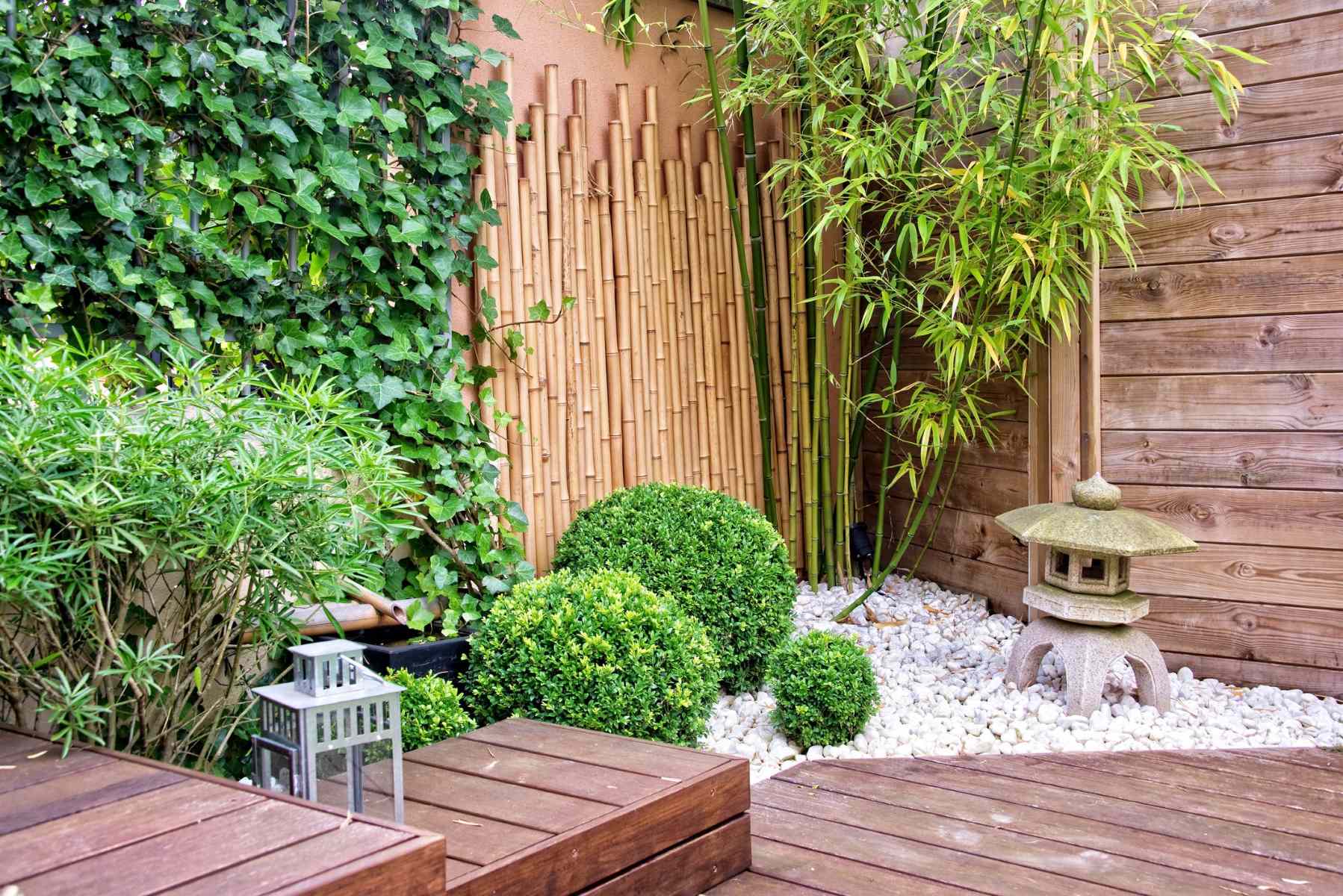
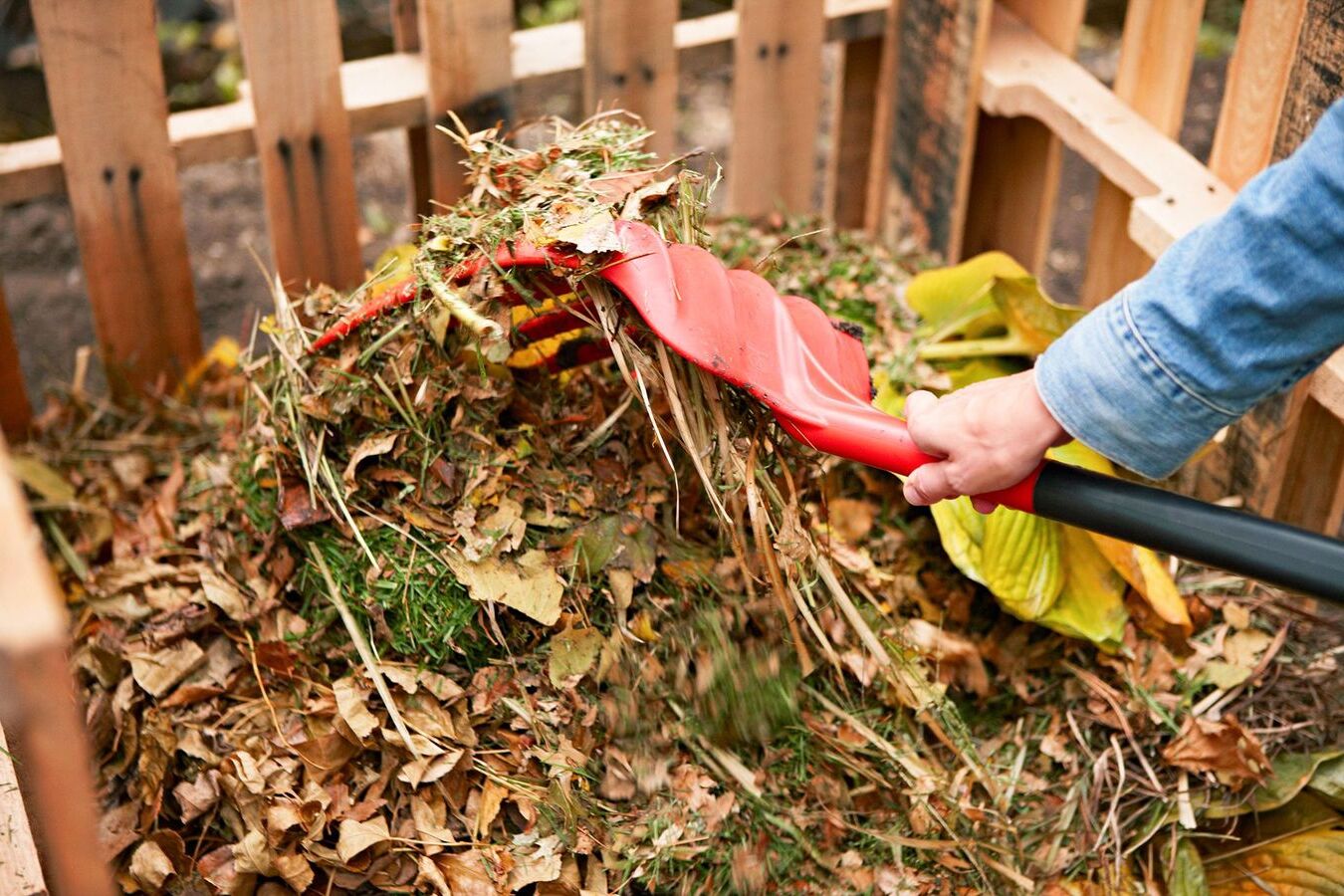
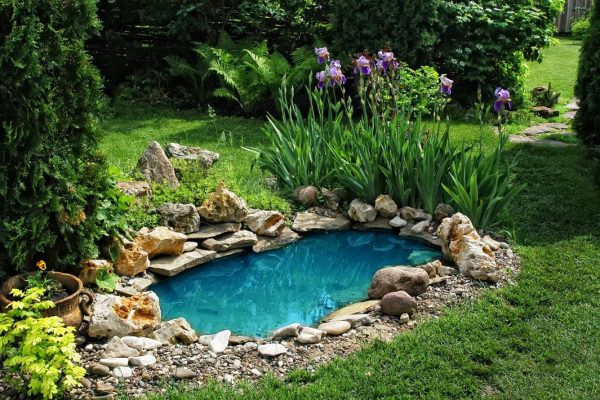
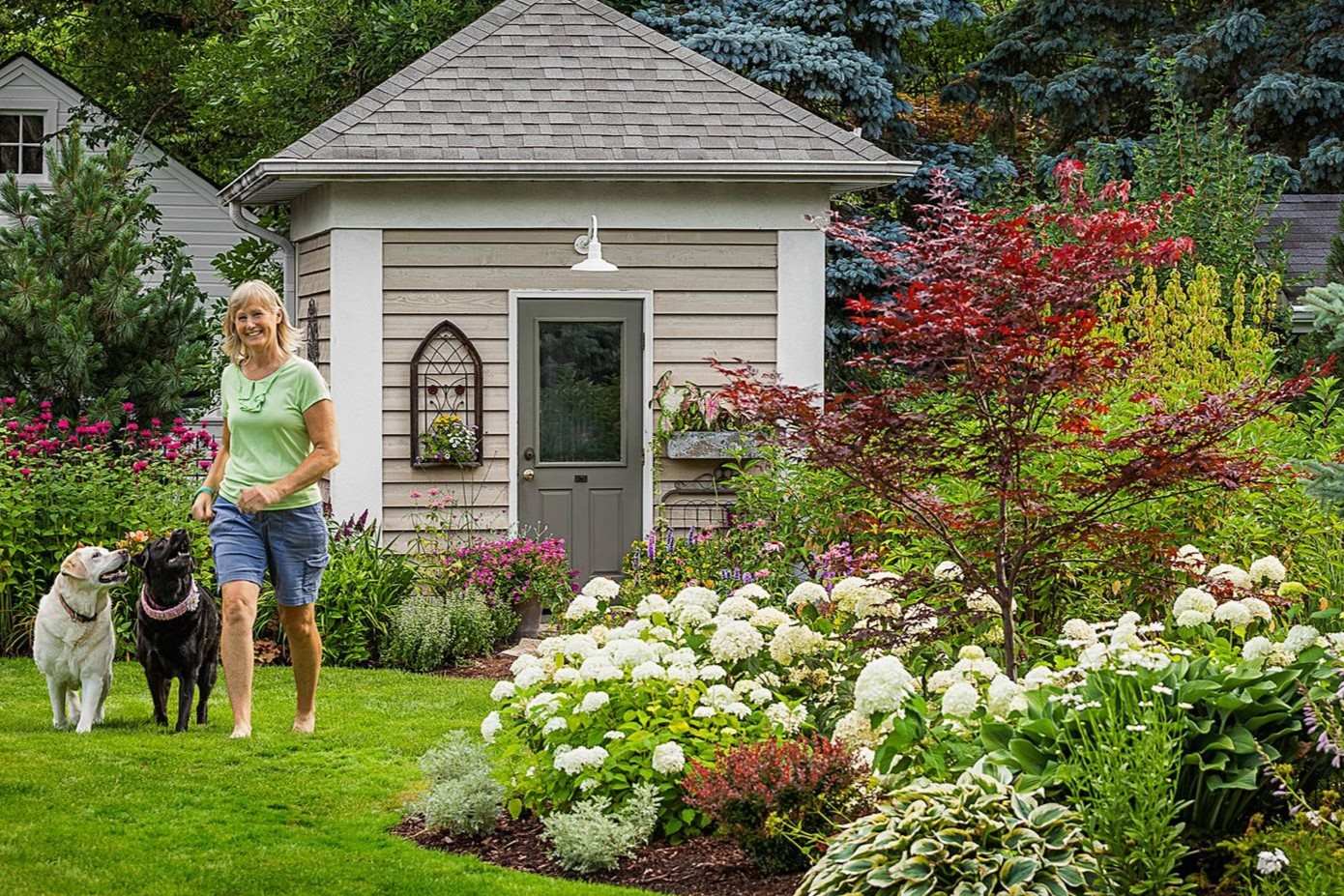
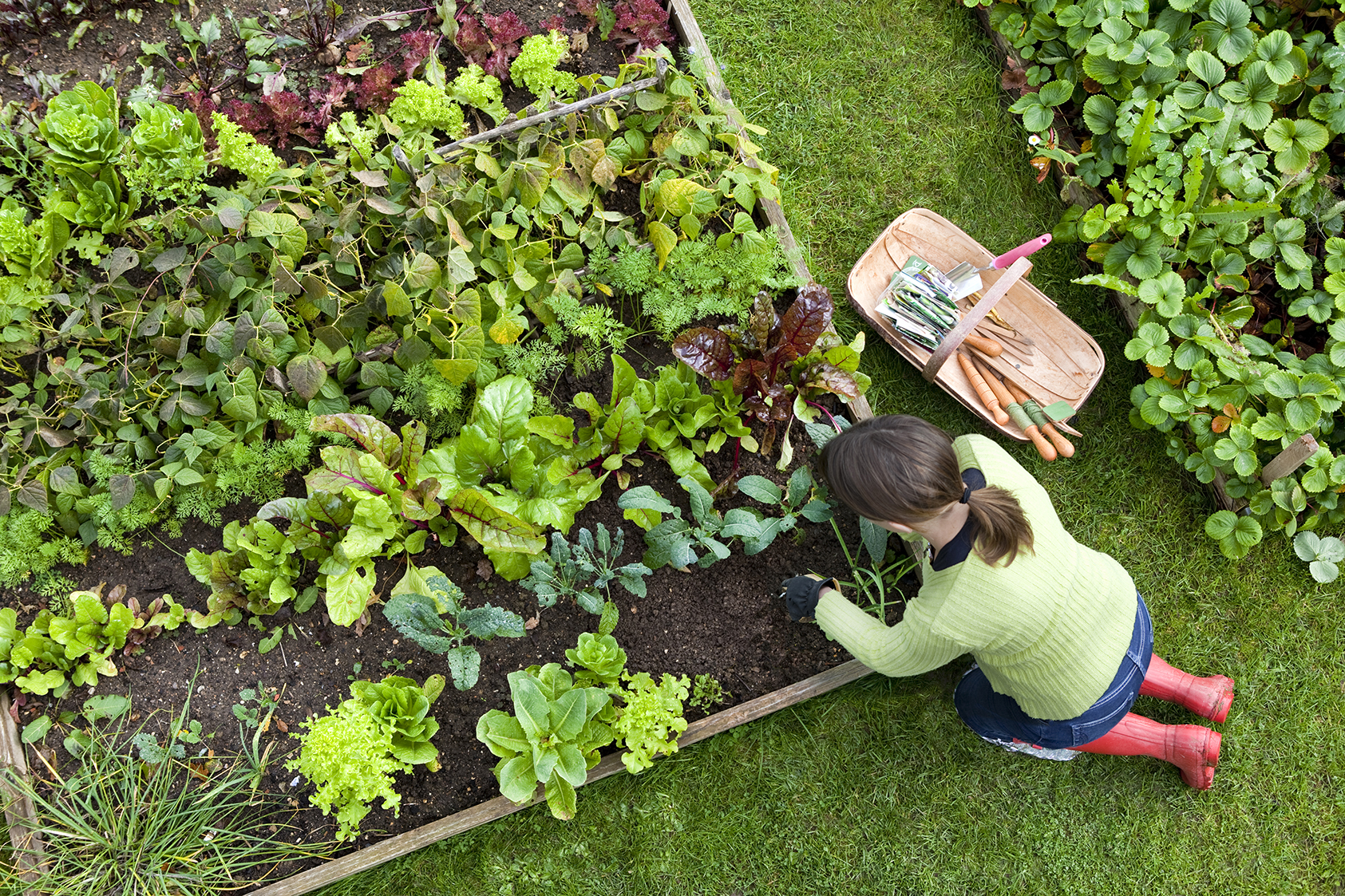
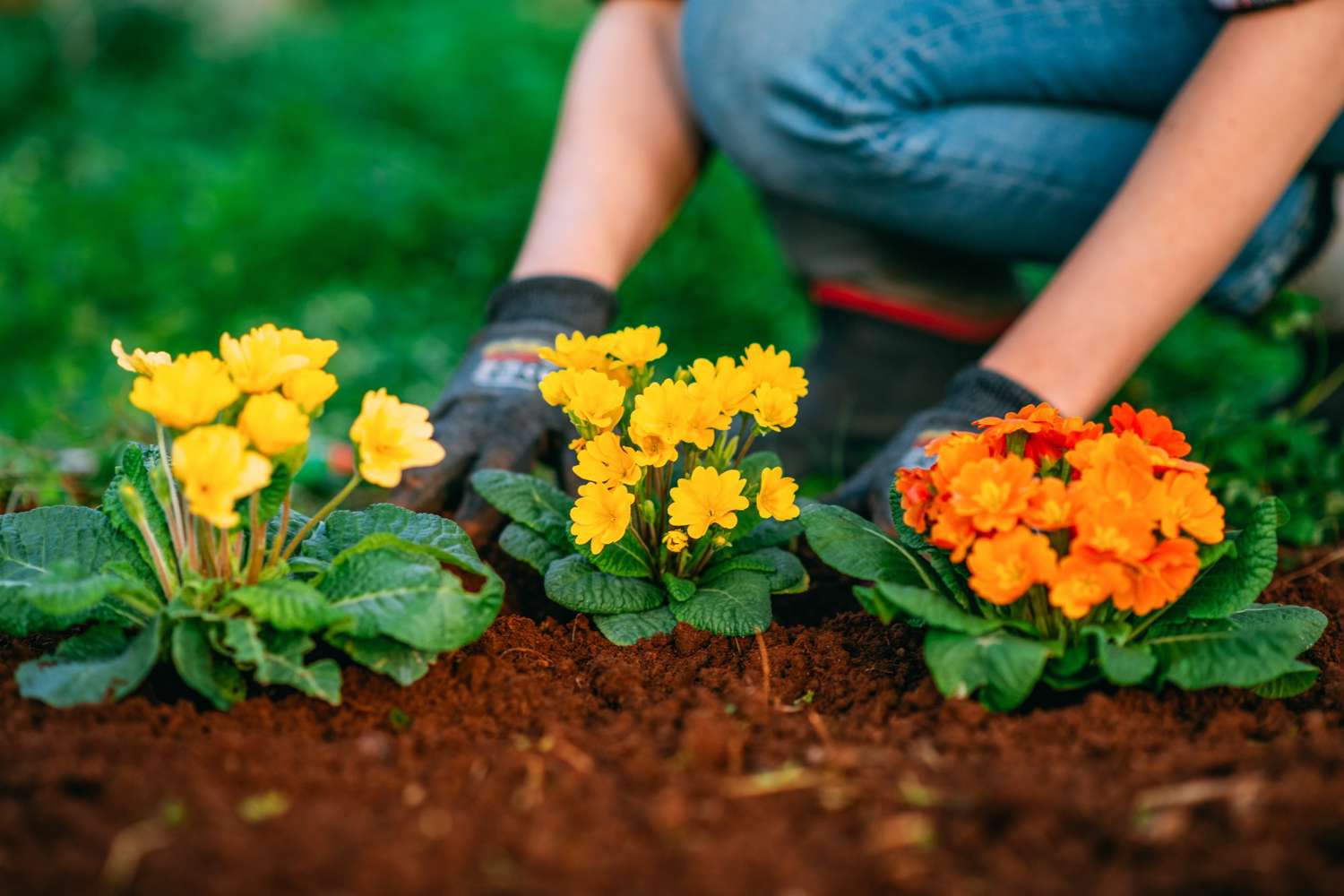
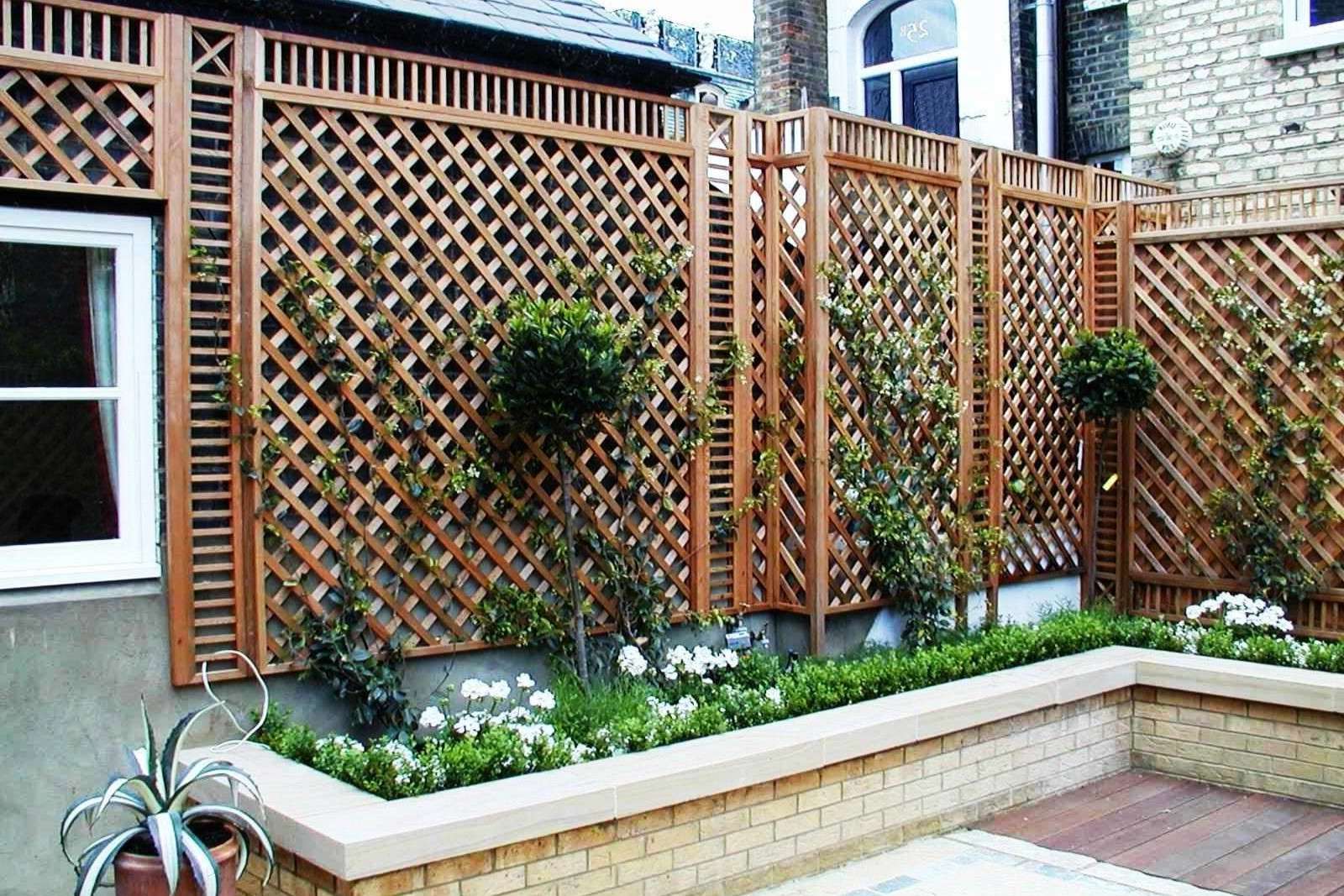


0 thoughts on “How To Start A Flower Cutting Garden In Your Backyard”